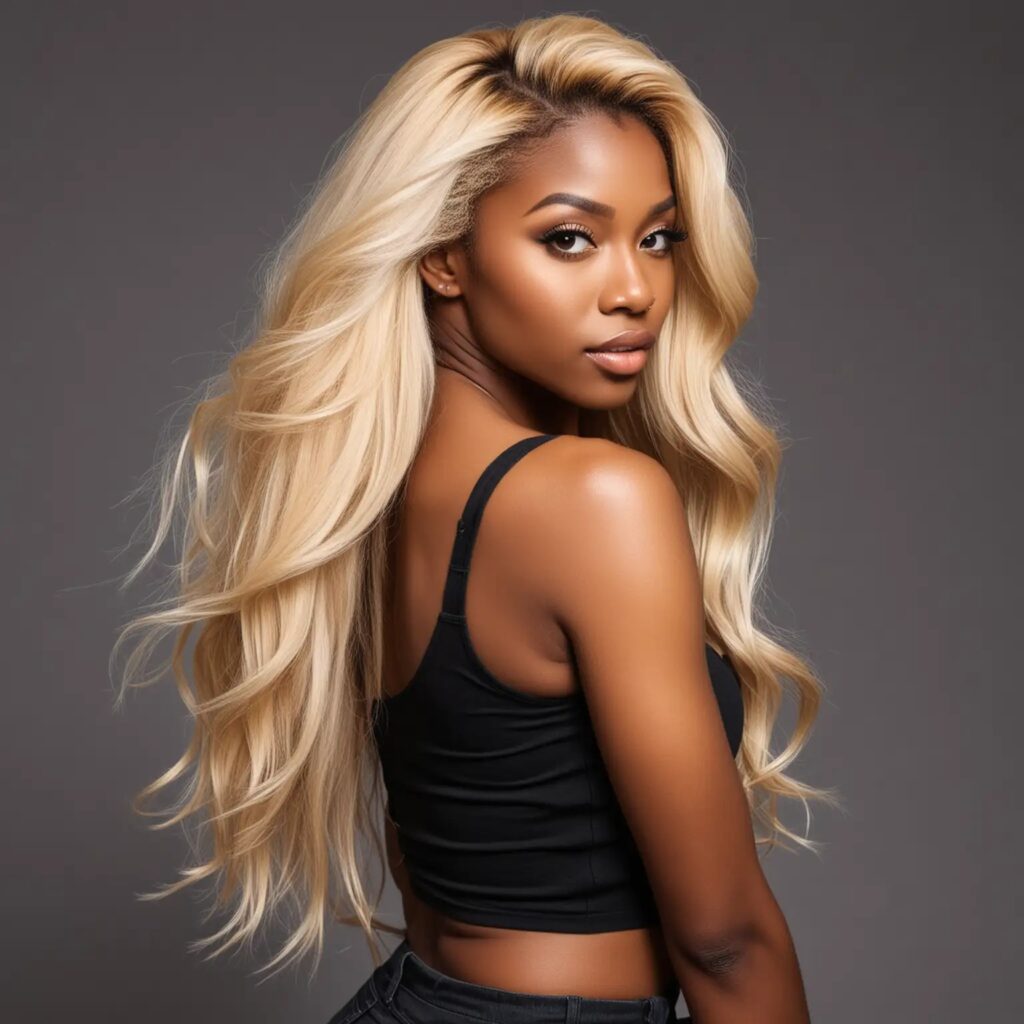Wigs have become an essential accessory for many, offering a versatile way to experiment with different long hairstyles without making permanent changes. Among the various elements that make up a great wig, the wig cap construction plays a crucial role in the comfort, appearance, and overall experience of wearing a wig. Understanding the different types of wig cap constructions is especially important for those who favor long wigs, as the right cap can make maintaining and styling long hairstyles much easier.
Understanding Wig Cap Construction
1. Basic Wig Cap
The basic wig cap, also known as the traditional cap, is the most common type of wig cap construction. It features open wefting for better air circulation, which makes it light and cool to wear. This type of cap is often used in long wigs because it provides a durable and secure foundation for long hairstyles. The hair on these caps is usually machine-sewn, creating a natural lift at the roots which adds volume to long hairstyles.
2. Lace Front Wig Cap
Lace front wigs have a sheer lace panel along the front hairline. This construction allows for a natural-looking hairline and the ability to style the hair away from the face. For those who love long hairstyles, lace front wigs offer the advantage of a seamless and natural appearance, especially when creating updos or half-up styles. The lace front cap is ideal for anyone looking to wear their long wigs with confidence and versatility.
3. Monofilament Wig Cap
Monofilament caps are made by hand-tying each hair to a thin, breathable fabric. This construction provides a realistic scalp appearance and allows for multidirectional parting. For long wigs, this means you can part your hair in any direction, making it easier to achieve various long hairstyles. Monofilament caps are particularly beneficial for individuals with sensitive scalps as they offer a soft and comfortable fit.
4. Full Lace Wig Cap
Full lace wigs feature a lace base that covers the entire head, allowing for maximum styling flexibility. Each hair is individually hand-tied to the lace, giving the most natural movement and appearance. Long wigs with full lace caps are perfect for those who enjoy frequently changing their long hairstyles, as they can be styled in high ponytails, braids, and other intricate designs without revealing the wig base.
5. 360 Lace Wig Cap
The 360 lace wig cap combines the best features of lace front and full lace wigs. It has lace around the perimeter and a more durable material in the middle. This construction is ideal for long wigs, as it allows for updos and high ponytails while providing a comfortable and secure fit. Long hairstyles can be styled naturally and effortlessly with 360 lace wigs, making them a favorite among wig enthusiasts.
Benefits of Choosing the Right Wig Cap for Long Hairstyles
Selecting the right wig cap construction for your long wigs can significantly enhance your wig-wearing experience. A well-chosen cap ensures that your long hairstyles look natural and feel comfortable. It also makes maintaining and styling your long wigs much easier, as different cap constructions offer various benefits such as breathability, flexibility, and natural appearance.
Conclusion
Wig cap construction is a vital aspect to consider when selecting long wigs. Whether you prefer the durability of a basic cap, the natural look of a lace front, the flexibility of a monofilament, the styling versatility of a full lace, or the combined benefits of a 360 lace cap, each construction type has its unique advantages. By understanding the different wig cap constructions, you can make an informed choice that best suits your preference for long hairstyles. With the right wig cap, you can enjoy the beauty and versatility of long wigs, transforming your look with ease and confidence.
